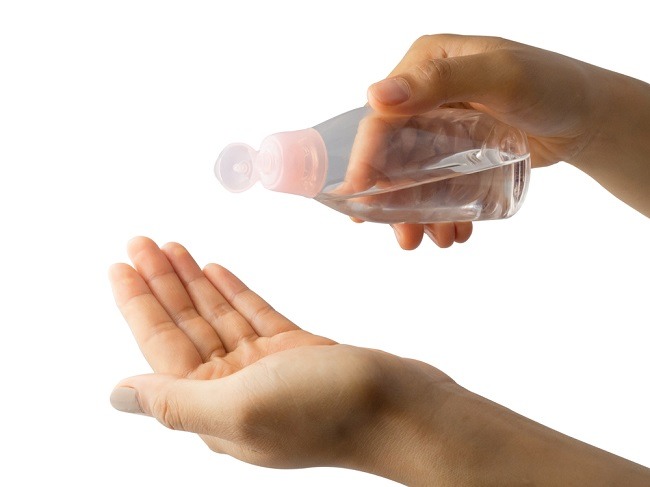Pfeiffer syndrome is a birth defect that causes a baby's head and face to appear abnormally shaped. This condition can also affect the shape of the baby's fingers and toes. Pfeiffer syndrome is a rare condition that occurs in only 1 in 100,000 babies.
Pfeiffer syndrome occurs when the bones of the skull fuse prematurely, that is, while the baby is still in the womb. As a result, the baby's brain does not have enough space to grow and develop.

Under normal conditions, the bones of the baby's skull should be soft so that the brain has a chance to develop. After the brain and head are fully formed, the bones of the skull will fuse, which is around the age of 2 years.
Causes of Pfeiffer's Syndrome
Pfeiffer syndrome is caused by mutations in 1 of 2 genes that play a role in the formation of fetal bone in the womb. This condition can occur due to heredity from parents or because of a new mutation in the gene.
In addition, a study showed that sperm from the father's age who are too old can also increase the risk of gene mutations and Pfeiffer syndrome in their children.
Signs of a baby with Pfeiffer syndrome vary, depending on the severity and type of Pfeiffer syndrome suffered. But in general, the signs can be seen from the limbs, especially from the structure of the face and head.
Usually the doctor can detect the possibility of this syndrome when the baby is still in the womb through an ultrasound examination, or it can also be through a genetic examination.
Types of Pfeiffer Syndrome
In general, Pfeiffer syndrome is divided into three types, ranging from the first mild type to the third most severe type. For more details, the following is an explanation of the three types of Pfeiffer syndrome:
Type 1
Pfeiffer syndrome type 1 is the mildest type that only affects the baby's physical condition and does not interfere with brain function. Some of the signs of Pfeiffer syndrome type 1 include:
- The location of the right and left eyes appear far apart (ocular hypertelorism)
- Forehead looks raised or protruding
- The back of the head is flat (brachycephaly)
- Upper jaw not fully developedhypoplastic maxilla)
- Lower jaw protruding
- Tooth or gum problems
- Bigger or wider toes and hands
- Hearing impaired
Type 2
Babies are diagnosed with Pfeiffer syndrome type 2 if they experience symptoms that are more severe and dangerous than those of type 1 Pfeiffer syndrome. Some of the obvious signs of Pfeiffer syndrome type 2 include:
- The face is shaped like a cloverleaf with a small top and enlarged at the jaw. This is because the bones of the head and face have fused faster than they should
- Eyes protruding like they are about to pop out of the lids (exophthalmos)
- The brain stops growing or doesn't grow as it should
- Difficulty breathing properly due to throat, mouth, or nose disorders
- Accumulation of fluid in the cavity of the brain (hydrocephalus)
- Have a bone disorder that affects the elbow and knee joints (ankylosis)
Type 3
Pfeiffer syndrome type 3 is the most severe and life-threatening condition. Abnormalities do not appear in the skull, but occur in the organs of the body. Some of the signs that may occur in Pfeiffer syndrome type 3 include:
- Disorders of body organs, such as the lungs, heart, and kidneys
- Impaired cognitive (thinking) and learning abilities
If you have Pfeiffer syndrome type 3, your baby is likely to have to undergo many surgeries throughout his life to treat the symptoms of this disorder, as well as to survive into adulthood.
Although they may have to go through many surgeries and spend most of their childhood on physiotherapy, babies with Pfeiffer syndrome, regardless of type, still have a chance to live like other children their age.
So if your child is diagnosed with Pfeiffer syndrome, be patient and optimistic. Immediately consult the child's condition to the doctor to immediately receive appropriate treatment recommendations. The sooner the treatment, the better the results the child can get.









